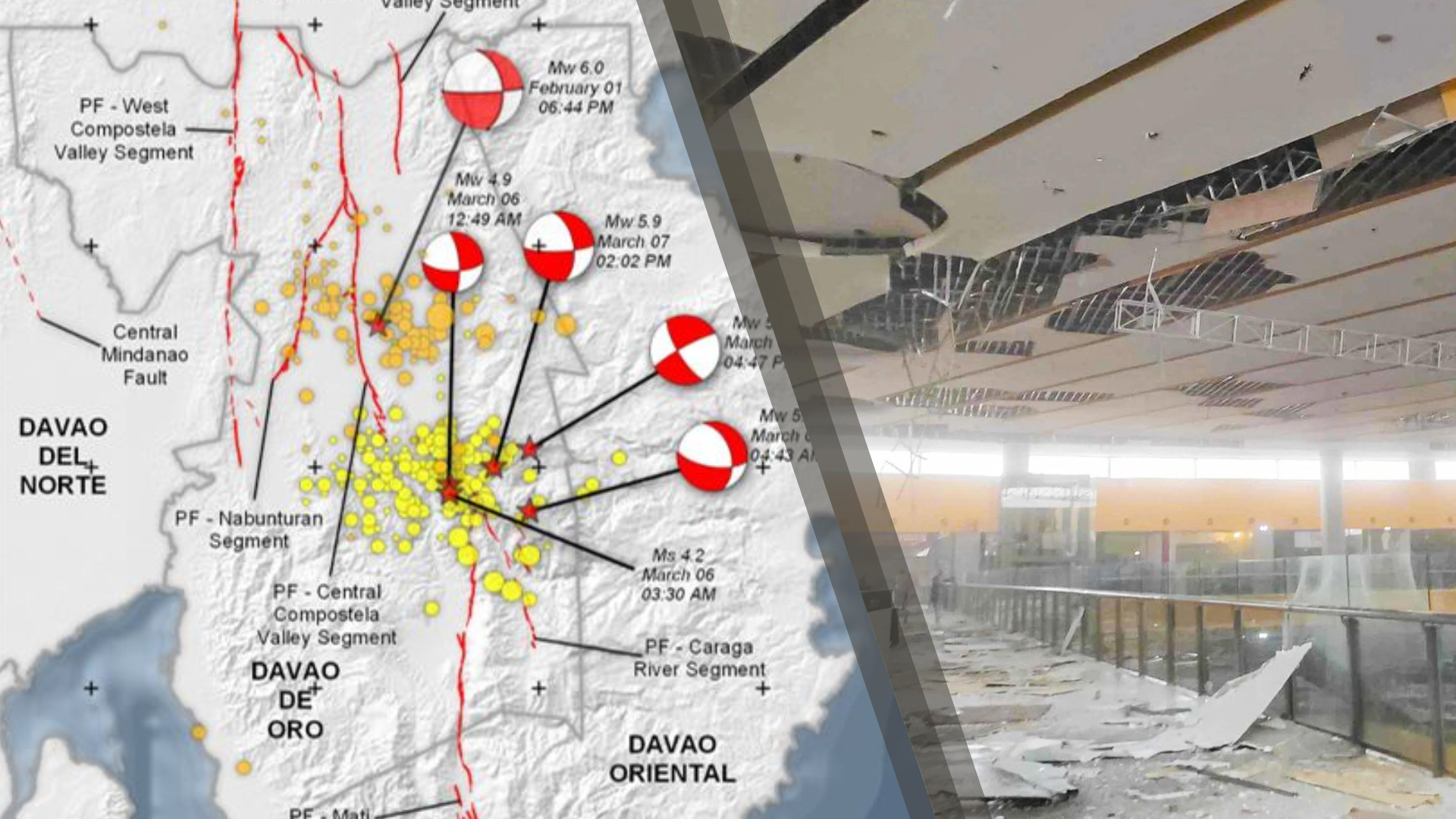December 15, 2023
by Mellisse Geisha Jamora
Earthquakes are nature’s powerful reminder to the inhabitants of our planet Earth’s instability and altering character. This phenomenon wreaks inevitable havoc upon the natural and structural resources of all living things, the same degree as the destruction of mountain formations caused by landslides, and also the ruination of human creations, such as buildings, houses, roads, and many more. The dire effects of this natural phenomenon have devastated the human economy and resources, binding them to a single choice but to cope with their losses. However, not only our resources are severely affected, but the lives of living things are also put on pedestals during the Earthquake’s occurrence. Safeguarding myriads of lives and preserving our resources despite nature’s greatest challenge to the human race encouraged humanity to study and mitigate the Earthquake’s impact and how to counter it with resiliency. With the passage of time, humans have supplemented their technology towards advancement where Earthquakes are anticipated and measured, and structural buildings gain the capacity to withstand and counter this adversary.
On the 2nd of December 2023, at 11:37 P.M., a magnitude of 7.4-7.6 have hit the island of Mindanao, where the epicenter is located at 30 km offshore of Surigao del Sur. This shake has reached the premises of Davao City that disrupted plenty of people from their tranquilizing sleep. This sudden occurrence have resulted in multiple suspensions of works and classes as several buildings within Mindanao, including the City of Davao needs to be inspected for signs of fractures that may compromise the safety of the civilians. Included in these said buildings is the campus of ASIAN INTERNATIONAL SCHOOL OF AERONAUTICS AND TECHNOLOGY (AISAT) in which their building has stood since the year 2011. The students of the said campus have been anticipating their final exams which were halted due to the official memorandum given by the Local Government Unit (LGU) of Davao City as a preventive measure against the earthquake and aftershocks, additionally, to give way for the conduct of structural integrity assessment of the facilities within the City of Davao on the 4th of December 2023. On the 5th, classes of most universities are back to normal as buildings are declared to be sound.
In conclusion, earthquakes serve as stark reminders of the Earth’s dynamic nature and its potential to disrupt human lives and structures. The recent seismic event that shook Mindanao on December 2, 2023, underscored the vulnerability of communities to such natural disasters. The aftermath, marked by suspended activities and structural inspections, highlighted the importance of proactive measures in safeguarding lives and property.
Despite the challenges posed by earthquakes, human resilience, and technological advancements continue to mitigate their impact. Through improved monitoring and building practices, societies are better equipped to anticipate and withstand seismic activity. As evidenced by the swift resumption of classes and activities following safety assessments, the commitment to ensuring the safety and well-being of individuals remains paramount.
Moving forward, it is imperative that communities remain vigilant and proactive in disaster preparedness efforts. By continuing to invest in research, infrastructure, and education, we can better protect ourselves and our environment from the unpredictable forces of nature. Together, we can build a more resilient future in the face of earthquakes and other natural hazards.

